Beaux Arts Trio - Ravel, Chausson: Piano Trios (1983)
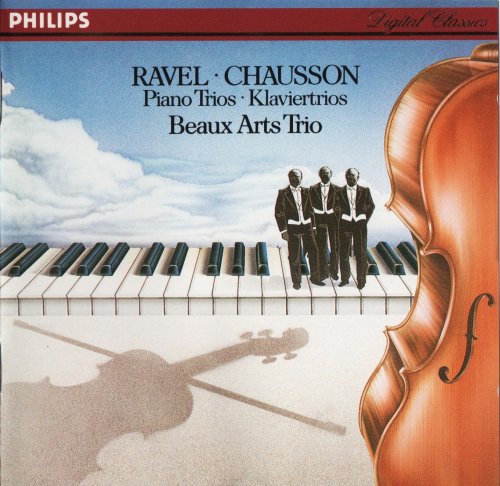
Artist: Beaux Arts Trio
Title: Ravel, Chausson: Piano Trios
Year Of Release: 1983
Label: Philips
Genre: Classical
Quality: FLAC (image+.cue,log,scans)
Total Time: 01:00:17
Total Size: 268 Mb
WebSite: Album Preview
Tracklist: Title: Ravel, Chausson: Piano Trios
Year Of Release: 1983
Label: Philips
Genre: Classical
Quality: FLAC (image+.cue,log,scans)
Total Time: 01:00:17
Total Size: 268 Mb
WebSite: Album Preview
Maurice Ravel (1875-1937)
Piano Trio in A minor
01. 1. Modéré [0:10:40.30]
02. 2. Pantoum (Assez vif) [0:04:25.32]
03. 3. Passacaille (Trés large) [0:08:29.50]
04. 4. Final (Animé) [0:05:22.65]
Ernest Chausson (1855-1899)
Piano Trio in G minor, op.3
05. 1. Pas trop lent [0:10:16.40]
06. 2. Vite [0:04:04.38]
07. 3. Assez lent [0:08:28.17]
08. 4. Animé [0:08:33.15]
Performers:
Beaux Arts Trio
This is not, of course, the Beaux Arts' first recording of Ravel's Trio. A previous LP version of theirs, on Philips, is effectively replaced by this new performance, recorded in 1983. The earlier one is coupled with Arthur Grumiaux and Istvan Hajdu's accounts of Ravel's Violin Sonata No. 2 and Tzigane, which may be thought more appropriate than the Chausson Trio. Yet another recording of the latter is an unexpected bonus, and most welcome, particularly as it can be said to surpass the already excellent Harmonia Mundi one by Les Musiciens. The opus number indicates it to be an early work by Chausson, but it is a noble and sonorous piece which deserves to be better known. As usual with this composer, the textures are rather thick, but this is partly mitigated by the music's energy, and the Beaux Arts Trio receive a recording of exemplary clarity and fullness which sounds especially well on CD.
Ravel's Trio obviously takes us into a quite different aural world, and this new Beaux Arts performance, even more than their previous one, is most sensitive to the music's ebb and flow, acutely aware of its inventive new combinations of sounds. The balance between the three instruments is finely adjusted in both performances, but that is more difficult to achieve in Ravel's Trio. Their LP rivals, Augustin Dumay, Frederic Lodeon and Jean-Philippe Collard on EMI Pathe Marconi/Conifer, also give a perceptive account of the piece (coupled with Ravel's two violin sonatas), but the new Beaux Arts recording now becomes the prime recommendation.
Ravel's Trio obviously takes us into a quite different aural world, and this new Beaux Arts performance, even more than their previous one, is most sensitive to the music's ebb and flow, acutely aware of its inventive new combinations of sounds. The balance between the three instruments is finely adjusted in both performances, but that is more difficult to achieve in Ravel's Trio. Their LP rivals, Augustin Dumay, Frederic Lodeon and Jean-Philippe Collard on EMI Pathe Marconi/Conifer, also give a perceptive account of the piece (coupled with Ravel's two violin sonatas), but the new Beaux Arts recording now becomes the prime recommendation.
![The Mood Mosaic - The Sexploitation (Pulp Grooves From The Mondo Porno Vault) (2025) [Hi-Res] The Mood Mosaic - The Sexploitation (Pulp Grooves From The Mondo Porno Vault) (2025) [Hi-Res]](https://www.dibpic.com/uploads/posts/2025-12/1766131648_uhod8d4qn4msi_600.jpg)
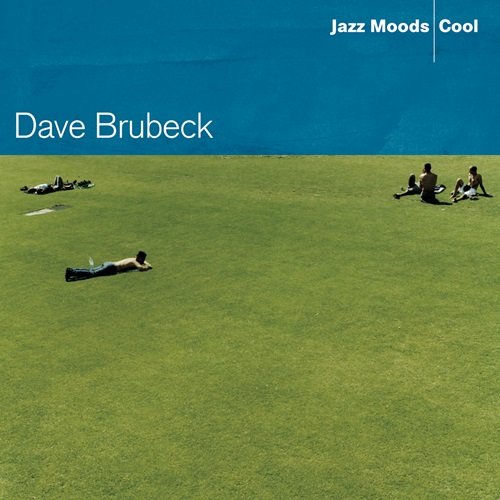
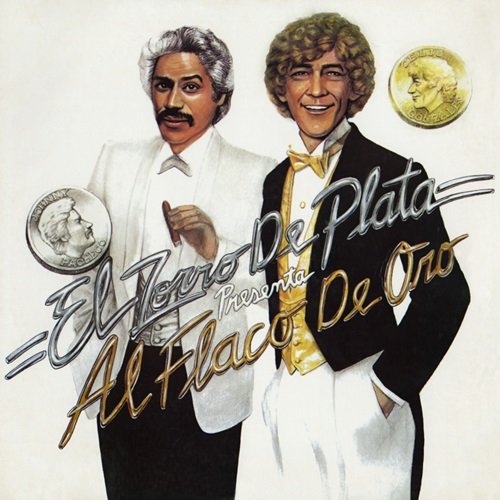

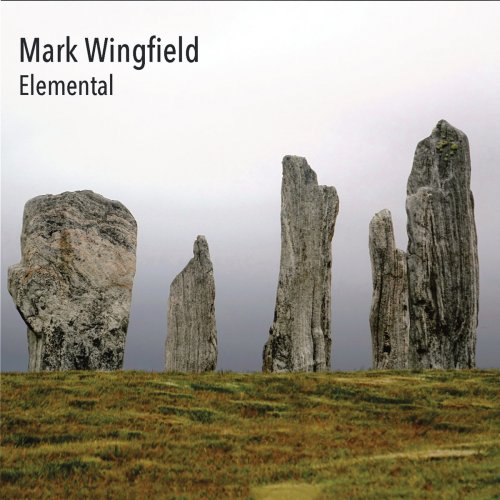
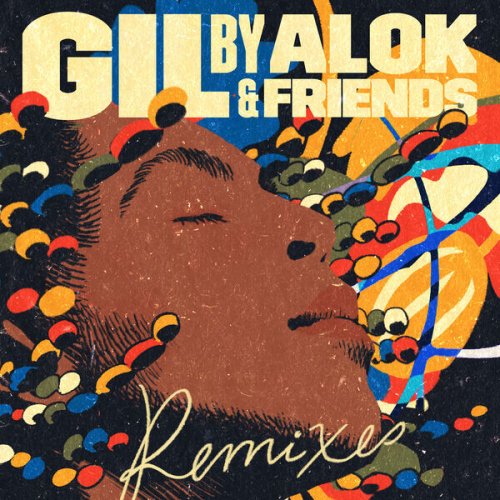
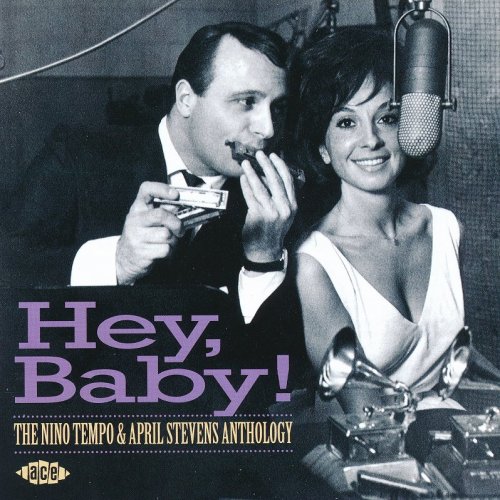
![Paul Mauriat - Mamy Blue (1971) [Hi-Res] Paul Mauriat - Mamy Blue (1971) [Hi-Res]](https://www.dibpic.com/uploads/posts/2025-12/1766140814_nqjtxk40yc4oi_600.jpg)
![Luizinho do Jêje, Marcelo Galter, Sylvio Fraga - Mocofaia (2024) [Hi-Res] Luizinho do Jêje, Marcelo Galter, Sylvio Fraga - Mocofaia (2024) [Hi-Res]](https://img.israbox.com/img/2025-12/19/ie15pqye9f7axu0oyf0ndsk7k.jpg)